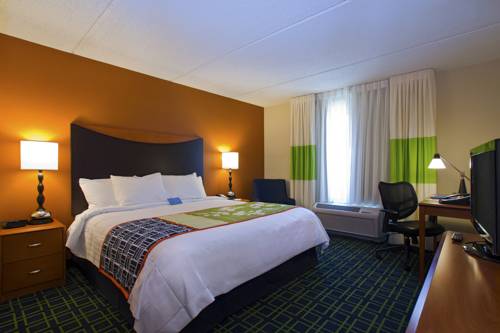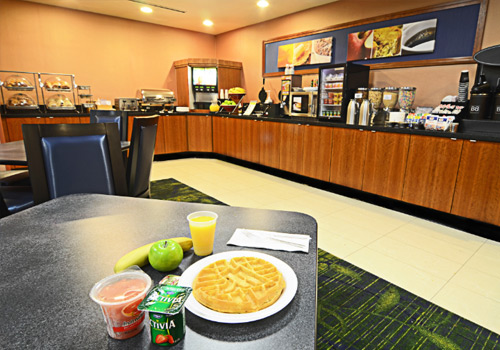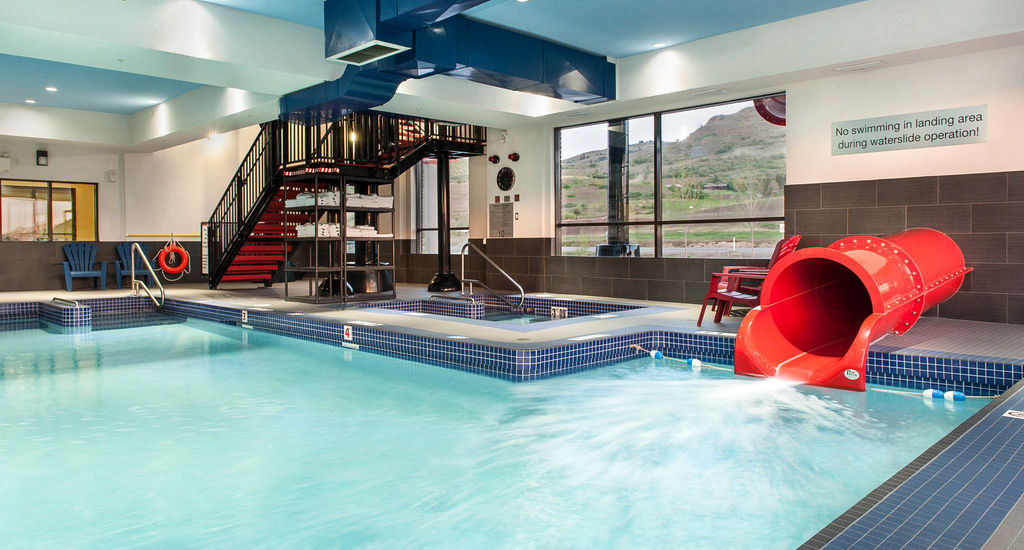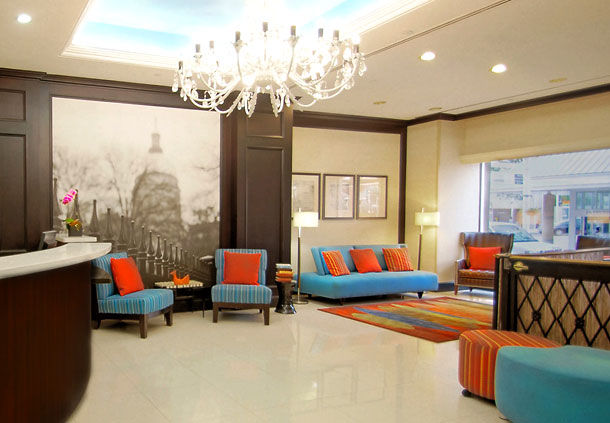The properties are geared towards guests requiring a place to sleep with fewer amenities, thus allowing Marriott to offer lower prices than would otherwise be possible. This is accomplished via cost-saving measures, such as consistent building architecture and bedding, and the omission of a full-service restaurant. However, a complimentary hot breakfast is included.

Marriott International developed the concept for Fairfield Inn in the late 1980s to compete with other economy limited-service (ELS) hotel chains (below $45 a night) like Days Inn, Hampton Inn, and Red Roof Inn. The first location opened in October 1987 in Atlanta, Georgia.

Facing well-established competition, Fairfield Inn needed a strategy to differentiate itself from its competitors. Management implemented Scorecord terminals to allow guests to rate the hotels as either 'excellent', 'average', or poor'. Marriott was then able to track important metrics and provide superior customer service. Additionally, Fairfield Inn placed a heavy emphasis on quality personnel selection to find friendly and positive staff that would also help reduce turnover. This was supported by providing higher wages than competitors (at the time being in the top 25% of wages within the lodging industry).


The features are marketed as "everything you need to propel your productivity". Free wifi is included, and all room have a flexible ergonomic desk and chair. A complimentary hot breakfast is included. Other traditional hotel amenities that are included are a business center with printing capabilities, in-room television, mini-refrigerator, and microwave. Most properties also have a pool and fitness center.


The name Fairfield comes from a farm that J. Willard Marriott purchased for his family's enjoyment, the Fairfield Farm. Originally owned by the King of England, Fairfield farm reminded Marriott of the western ranches of his childhood. After being refurbished in 1997, Fairfield Farm opened as Marriott's only bed and breakfast, The Inn at Fairfield Farm.

According to wikipedia








